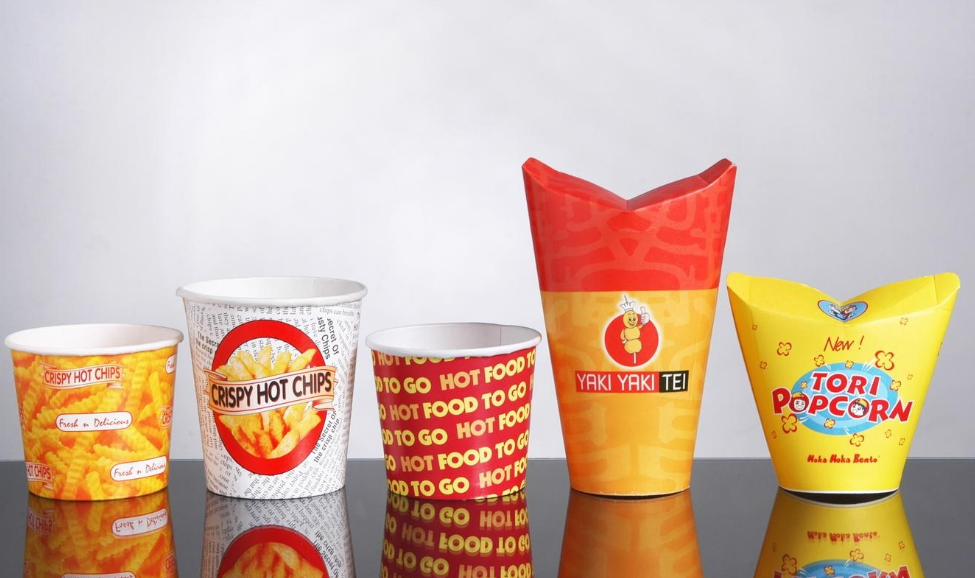In the ever-evolving landscape of gastronomy, one trend that has taken the world by storm is the use of chip cups. These innovative food vessels have completely transformed the way we consume our beloved fried snacks, adding a dash of sophistication and novelty to our dining experiences.
A Twist on Tradition
Typically, chips have been served in a straightforward manner – laid out on a plate or tossed casually into a paper bag. But recently, food enthusiasts and culinary experts alike have begun to explore more creative ways of presenting this popular snack. Enter the new-age serving ware known as potato chip goblets, which have quickly become the talk of the town.
These unique containers not only enhance the visual appeal of the dish but also contribute to a more enjoyable snacking experience. Imagine savouring your favourite crispy, salty treat from a stylish, ergonomic cup designed specifically for that purpose. It’s a small change, but it significantly elevates the overall dining experience, making the simple act of eating chips feel more like a special occasion.
The Rise of Novelty Serveware
This trend isn’t exclusive to chip containers. We’ve seen an influx of distinctive serveware items designed to add an element of surprise and delight to our meals. From sushi served on miniature wooden boats to cocktails in quirky mason jars, restaurants are continually experimenting with novel ways to serve food and drinks. Amid all these innovations, chip cups hold their own, standing out as a fun and practical addition to the modern table setting.
Comparisons with Coffee Cups
Interestingly, the design and usage of chip cups draw parallels with another everyday item that underwent a similar transformation – coffee cups in Brisbane. Just as java lovers enjoy their brew from a variety of creatively designed mugs, chip enthusiasts can now relish their snacks from specially crafted chip containers. Both these items reflect how design and functionality can come together to enhance the user’s experience and satisfaction.
Environmental Considerations
Another important aspect to consider is the environmental impact of these snack vessels. Many chip cups are made from biodegradable or recyclable materials, making them a more sustainable alternative to traditional plastic or paper containers. This aligns with the growing global trend towards eco-friendly products and practices, further adding to the allure of these contemporary serving pieces.
Conclusion:
Chip cups have successfully carved a niche for themselves in the culinary world. They symbolize the spirit of innovation and creativity that defines today’s food culture. A simple concept, yet its impact on enhancing the dining experience is profound.

